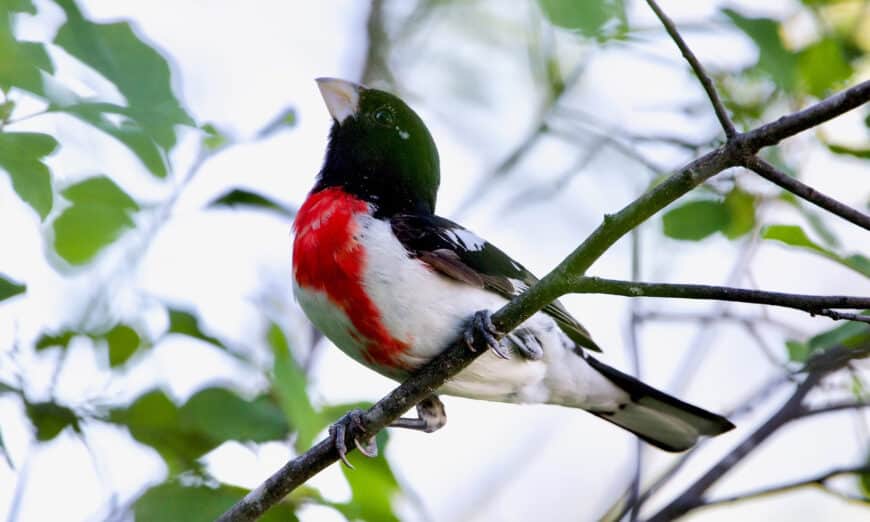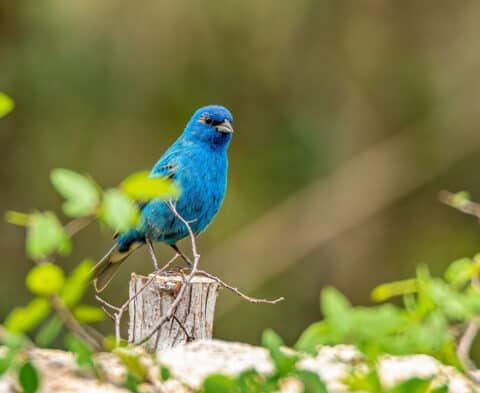
Bird photography is a rewarding yet challenging endeavour that requires patience, skill, and the right equipment. Whether you’re just starting out or you’re a seasoned professional, capturing the perfect shot of a bird in its natural habitat can be a thrilling experience.
In this guide, we’ll explore the best camera gear for bird photography, share essential tips and tricks, and provide insight into finding the best birding spots and planning your photography sessions according to bird species’ schedules.
Camera Gear for Every Photographer Level – Bird Photography
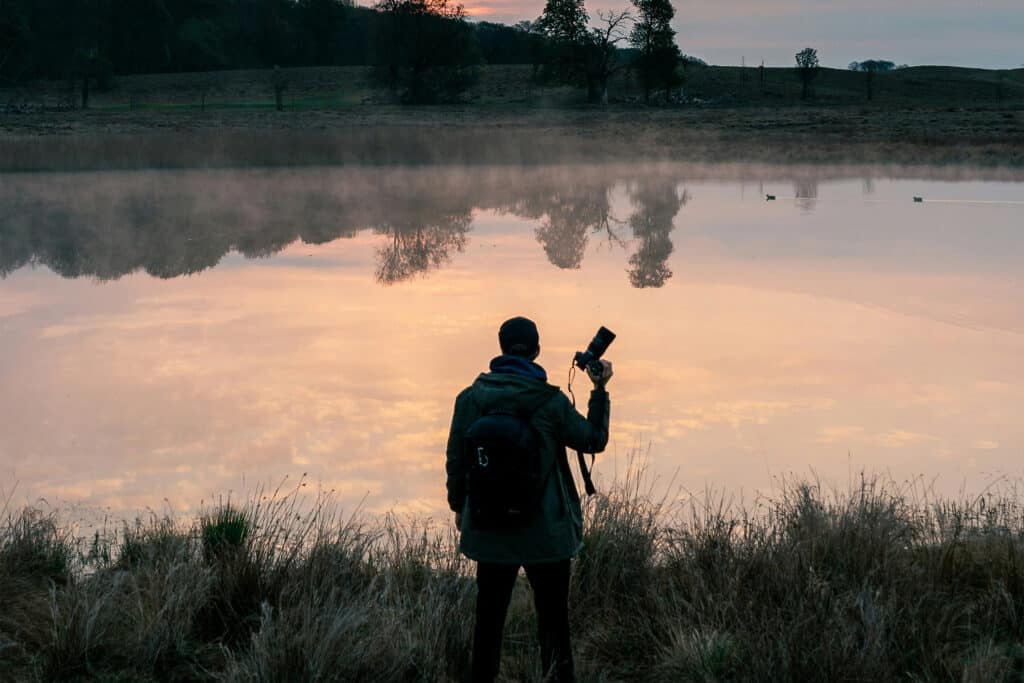
The most essential pieces of gear for bird photography include a high-quality telephoto lens, capable of capturing distant subjects with clarity and detail, and a sturdy tripod to stabilize your shots, especially in low light or for long exposures.
A DSLR or Mirrorless camera body with fast autofocus and high frame rate is crucial for tracking birds in flight and capturing them at just the right moment. Additionally, binoculars are invaluable for spotting and observing birds before taking the shot.
Together, these tools form the backbone of any successful bird photography setup, allowing photographers to not only capture the beauty of birds in their natural habitats but also to do so with precision and creativity.
Below you will find camera, lens, tripod and binocular recommendations plus other essential gear for every photographer level and budget.
Bird Photography Cameras & Lenses for Beginners

Starting your bird photography journey doesn’t require the most expensive gear. A good starting point is an entry-level DSLR or mirrorless camera paired with a telephoto zoom lens. A Nikon Z30 Mirrorless Camera or Canon EOS Rebel T7 with a quality Sigma Telephoto Zoom Lens is a great combination, offering excellent image quality, stabilization, and the flexibility to capture birds near or far.
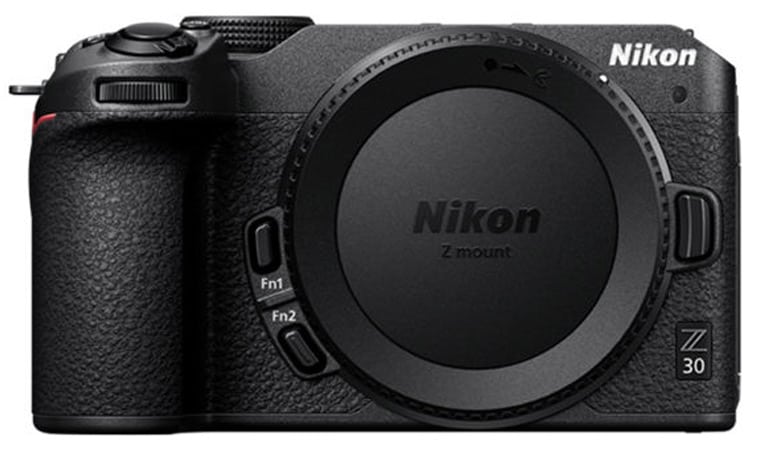


Sigma makes a great and affordable camera lens that is great for beginners. The goal is a long focal length with a crystal clear lens, great stabilization and aperture for all light conditions. Telephoto Zoom Lenses may be a little more on the wallet, but compared to a standard Zoom Lens, you will enjoy great focal distance and you’ll capture those bird photos that are worthy of hanging on your wall!
Outside of Bird Photography, these cameras and lenses are a great budget-friendly way to fall in love with photography and shoot street photography, landscape photography and more!
Bird Photography Cameras & Lenses for Intermediate Photographers

As you advance, you’ll want gear that offers more speed and precision. A mid-range camera body like the Nikon D7500, Sony A6400 or Canon EOS R7 Mirrorless Camera, combined with a Nikon NIKKOR 200-500mm f/5.6E ED VR Lens, Sony 70-350mm f/4.5-6.3 G OSS Lens, or a Sigma 150-600mm f/5-6.3 camera lens which can be bought for your camera brand, will elevate your bird photography with faster autofocus, higher frame rates, and sharper images, even in low light.



These cameras a telephoto lenses will make a great combo for bird photography. Whether you’re shooting birds in flight or a bird that is perched, you will enjoy fast auto-focus, quick shutter speeds and amazing results..
There are many other camera body and lens choices available, and depending on your budget, you can shop Henry’s for Bird Photography – or visit a Henry’s Retail Store and let one of our experts help find the right equipment to suit your needs.
Bird Photography Cameras & Lenses for Professional Photographers

For the pros, top-of-the-line gear that delivers unparalleled image quality and performance is essential.
The following cameras are the game changers of the industry allowing unlimited possibilities for professional photographers who are looking for the best camera for bird photography.

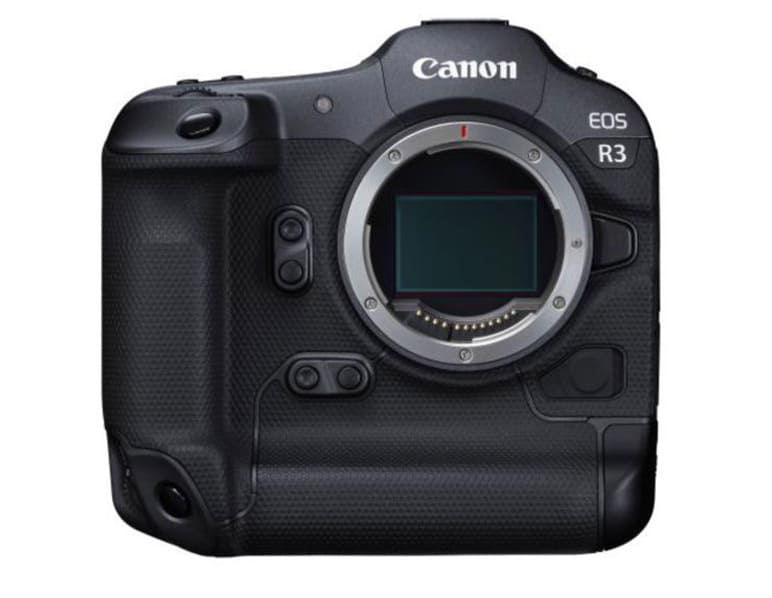






The cameras showcased above represent the pinnacle of current technology, each one a perfect fit for professional photographers with demanding standards. Equipped with features essential for capturing the fleeting moments of bird life, these cameras offer unparalleled speed, precision autofocus, and superior image quality.
With robust build quality suited for the unpredictable outdoors and ergonomic designs that ensure comfort during extended shooting sessions, any of these models stand ready to meet the challenges of bird photography.
Whether you’re waiting for the perfect shot at dawn or tracking birds in flight, these top-tier cameras ensure you’re well-equipped to capture every detail with clarity and creativity.
Camera Telephoto Prime Lenses for Professional Bird Photography

When selecting a telephoto prime lens for bird photography, professional photographers should prioritize several key features to ensure they capture the intricacies and beauty of avian subjects. A prime lens with a long focal length, typically 300mm or greater, is essential for close-up shots while maintaining a respectful distance from the birds.
Look for lenses with fast maximum apertures, such as f/4 or wider, to facilitate shooting in varied lighting conditions and to achieve a shallow depth of field, highlighting the bird against a beautifully blurred background. Image stabilization technology is crucial to counteract camera shake, especially at long focal lengths or in low light. Additionally, consider lenses that offer weather sealing for durability in diverse environments.
A high-quality telephoto prime lens will be an invaluable tool in a bird photographer’s arsenal, enabling the capture of stunning, detail-rich images that convey the essence of their feathered subjects.
Henry’s Cameras offers Telephoto Prime Lenses from all major manufacturers.
CLICK HERE to view these lenses.
Choosing the Right Tripod

Henry’s boasts an extensive range of tripods to suit every photographer’s needs, from budget-conscious options to lightweight, durable tripods designed for the adventurous at heart. Matching your tripod to your level of adventure ensures you have the right balance of features and resilience.
For those capturing shots close to the road or from designated birding platforms, a straightforward tripod will do the job. However, for enthusiasts venturing into more rugged terrain or embarking on backpacking journeys, investing in a higher quality, lightweight tripod becomes essential for stability and ease of transport.
To search the extensive selection of Tripods offered by Henry’s Click Here.
For guidance on selecting the perfect tripod to complement your photography adventures, CLICK HERE to read our detailed guide, “How to Choose a Tripod.”
Choosing the Right Binoculars & Spotting Scopes
Binoculars and spotting scopes play an indispensable role in bird photography, serving as a crucial tool for spotting and observing birds before capturing them with a camera. Their ability to magnify distant subjects brings photographers closer to the action, allowing for the identification of species, behaviours, and potential photographic compositions from afar without disturbing the natural environment.
High-quality binoculars offer clarity, a wide field of view, and efficient light transmission, making them ideal for scouting out birding locations and tracking avian movements in various lighting conditions.
By using binoculars, photographers can better plan their shots, understand the habitats and patterns of birds, and position themselves strategically, ultimately leading to more compelling and thoughtfully composed photographs.

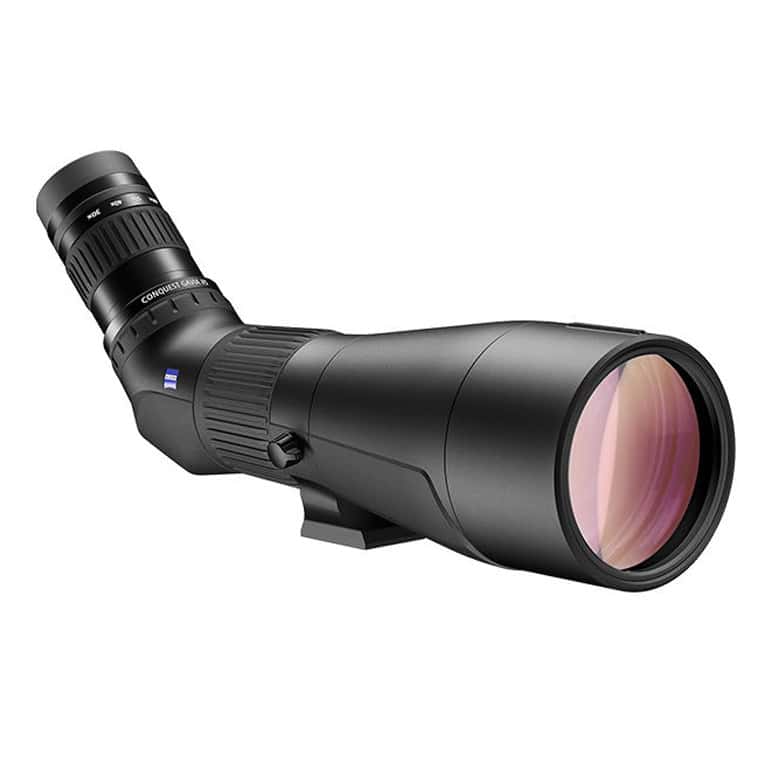

When choosing the ideal optics for bird photography, it’s crucial to consider both binoculars and spotting scopes based on their unique strengths. Binoculars, with magnifications of 8x to 10x and objective lens diameters around 42mm, offer a balance of close-up views and a broad field of view for tracking birds in motion, coupled with sufficient light gathering for early morning and late evening observations.
For more detailed, stationary observation, a spotting scope becomes invaluable. Spotting scopes, with higher magnification levels and larger objective lenses, allow for detailed studies of birds at greater distances, making them perfect for identifying species or observing subtle behaviors.
Both should boast high-quality optics for clear, distortion-free views and be durable enough for outdoor use. Ergonomics and weight are also important, ensuring comfort during prolonged periods of observation. Balancing these factors will equip you with the tools necessary for both the spontaneous nature of bird photography and the patience required for observation.
Tips & Tricks
Mastering bird photography combines technical skill with a deep appreciation for nature. By starting early, practicing patience, and understanding your subject, you can capture breathtaking images that reflect the beauty and diversity of avian life. Remember, the right gear, respect for wildlife, and continuous learning through community engagement are key to your success as a bird photographer.
Here is quick list of tips & tricks that will help you find and shoot stunning bird photography:
- Early Bird Advantage: The best lighting and bird activity are often at dawn and dusk. Plan to shoot during these golden hours for stunning, softly lit photographs.
- Know Your Subjects: Understanding bird behaviour and migration patterns can significantly increase your chances of capturing compelling images. Research the habits of the species you’re targeting. MERLIN by CornellLab is the best resource to learn about birds, identify birds and find their migration patterns.
- Patience Pays Off: Bird photography often requires waiting for the perfect moment. Patience is key; be prepared to spend time observing and waiting.
- Silent Mode: Use your camera’s silent shooting mode if available to minimize noise and avoid startling your subjects.
- Practice Stealth: Move slowly and blend into your surroundings to avoid disturbing the birds. Camouflage clothing can sometimes help.
- Focus on the Eyes: When focusing, aim to get the bird’s eyes sharp. This will make your photos appear more lively and engaging.
- Composition Matters: Pay attention to the composition of your shots. Use the rule of thirds, look for natural frames, and consider the background to make your subject stand out.
- Learn from Mistakes: Review your photos and learn what works and what doesn’t. Every session can provide valuable lessons to improve your skills.
- Join a Community: Connect with other bird photographers. Online forums and local clubs can be great resources for advice, location tips, and inspiration. Facebook is a great starting place. A simple search of “Bird Photography Groups” will help you find local facebook groups for enthusiasts who share the same passion.
- Respect Wildlife: Always prioritize the well-being of the birds and their habitats. Keep a respectful distance and follow ethical photography practices.
- Be Prepared for the Weather: The right clothing and gear will keep you comfortable in varying weather conditions, allowing you to focus on photography.
- Experiment with Settings: Don’t be afraid to experiment with different camera settings, especially shutter speed and ISO, to capture birds in flight or in low light conditions effectively.
- Continuous Shooting Mode: Utilize your camera’s burst mode to capture multiple images quickly. This increases your chances of getting the perfect shot during fleeting moments.
Explore More from Henry’s
